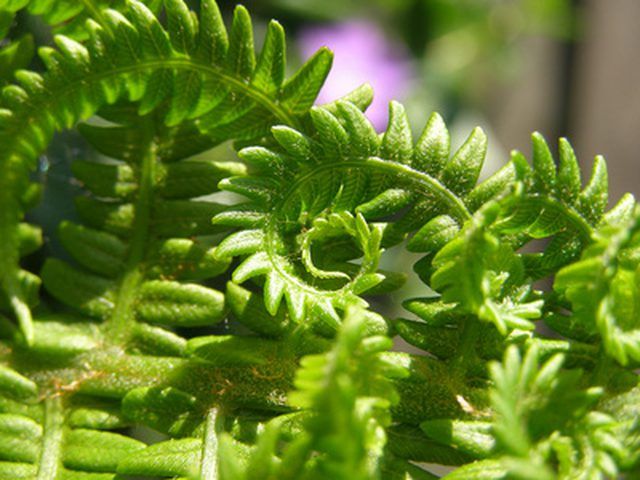Bulbs
Flower Basics
Flower Beds & Specialty Gardens
Flower Garden
Garden Furniture
Garden Gnomes
Garden Seeds
Garden Sheds
Garden Statues
Garden Tools & Supplies
Gardening Basics
Green & Organic
Groundcovers & Vines
Growing Annuals
Growing Basil
Growing Beans
Growing Berries
Growing Blueberries
Growing Cactus
Growing Corn
Growing Cotton
Growing Edibles
Growing Flowers
Growing Garlic
Growing Grapes
Growing Grass
Growing Herbs
Growing Jasmine
Growing Mint
Growing Mushrooms
Orchids
Growing Peanuts
Growing Perennials
Growing Plants
Growing Rosemary
Growing Roses
Growing Strawberries
Growing Sunflowers
Growing Thyme
Growing Tomatoes
Growing Tulips
Growing Vegetables
Herb Basics
Herb Garden
Indoor Growing
Landscaping Basics
Landscaping Patios
Landscaping Plants
Landscaping Shrubs
Landscaping Trees
Landscaping Walks & Pathways
Lawn Basics
Lawn Maintenance
Lawn Mowers
Lawn Ornaments
Lawn Planting
Lawn Tools
Outdoor Growing
Overall Landscape Planning
Pests, Weeds & Problems
Plant Basics
Rock Garden
Rose Garden
Shrubs
Soil
Specialty Gardens
Trees
Vegetable Garden
Yard Maintenance
Life Cycle of a Non Flowering Plant
Life Cycle of a Non Flowering Plant. The vast majority of plants on earth produce flowers. The life cycle of flowering plants is fairly straightforward: once pollinated, flowers produce seeds, which contain embryos that grow into new plants. However, lower class non-flowering plants produce no flowers and in many cases, no seeds, yet they still...

The vast majority of plants on earth produce flowers. The life cycle of flowering plants is fairly straightforward: once pollinated, flowers produce seeds, which contain embryos that grow into new plants. However, lower class non-flowering plants produce no flowers and in many cases, no seeds, yet they still reproduce and flourish, using their own distinctive methods.
Identification
Most non-flowering plants are non-vascular, meaning they lack the internal "piping" system other plants use to transport water and nutrients to plant parts. For this reason, non-vascular plants must grow in or near water, which they absorb by diffusion through their outer covering. Non-vascular plants have no true stems or leaves and any roots they have mainly serve to anchor them to the ground. Because they lack a woody support structure, they are often very small. Examples of non-flowering, non-vascular plants include mosses, club mosses, liverworts, algae and seaweed.
Non-flowering vascular plants have true roots, stems and leaves and a complete vascular system and can grow quite large. Examples of these plants include ferns, horse tails and gymnospores or coniferous trees.
Reproduction Process
Non-flowering plant reproduction is more complex than that of flowering plants. Simply put, there is an extra step in the process. According to Biology Reference, an online biology encyclopedia, instead of going straight from seed to plant to seed again, non-flowering plants reproduce through something called "alternation of generations." This term means that one generation or "stage" of a plant produces half of the genetic material needed to create a new adult plant and the next generation provides the other half.
Sporohyte Function
The adult generation or stage of a non-flowering plant is called a sporophyte. Sporophytes contain small grain-like particles called spores, which are dispersed from the plant once they reach maturity. If a spore lands in suitable conditions--meaning soil that has enough water and nutrients and the right temperature--it will grow into a small plant called a gametophyte, which is considered the plant's next generation or stage.
Gametophyte Function
Gametophytes are not small adult plants. They are the non-flowering plant's answer to a seed. Gametophytes contain a plant's gametes or reproductive cells. One part of the gametophyte contains a single egg and another contains sperm. The sperm is flagellated, which means it has a tail-like structure that allows it to swim to the egg through a film of water on or near the plant. Once the sperm fertilizes the egg, a sporophyte grows and the plant's life cycle is complete.
Gymnosperm Reproduction Process
Gymnosperms, which include coniferous trees such as pines, are non-flowering plants that produce seeds. According to Ohio State University's Horticulture and Crop Science Department, gymnosperms produce both male and female cones. The female cones contain egg cells and the male cones contain sperm cells, which are contained in small grains of pollen. When the pollen has matured, it is dispersed into the wind. It blows through the female cones, fertilizing the eggs and creating seeds, which grow into new plants.